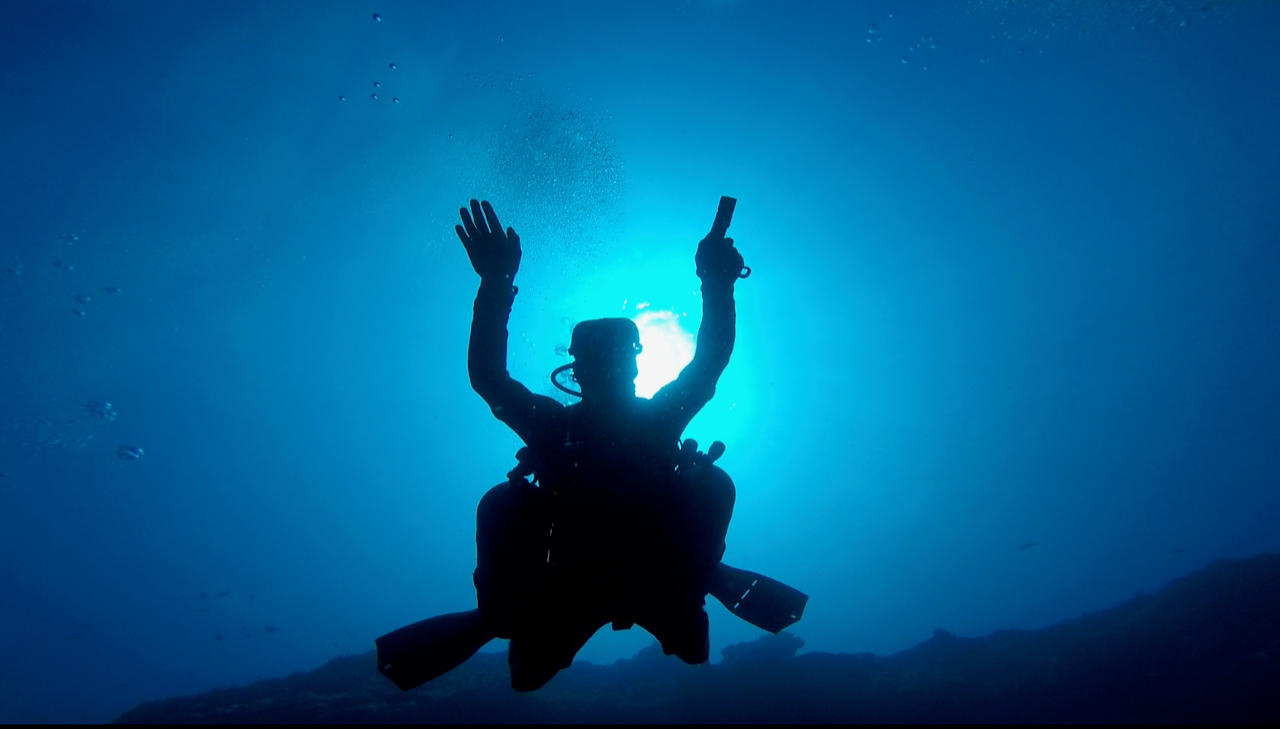
Sidemount Diver
All prices are in Indonesian Rupiah x 1000
Check out the latest IDR:USD exchange rate here
Along with learning about the many benefits of diving with a sidemount configuration, during one confined water and three open water scuba dives you’ll learn how to:
- Properly assemble and configure sidemount scuba diving equipment.
- Trim your weight system and sidemount gear so you’re perfectly balanced in the water.
- Manage gas by switching second stages as planned, if wearing two cylinders.
- Respond correctly to potential problems when sidemount diving.
You will use mask, fins, snorkel and wetsuit. Your PADI Instructor or local dive center staff will explain the sidemount equipment you’ll need, such as a BCD and harness configured for sidemount diving along with cylinders, each with a regulator and SPG. Scuba diving with a sidemount configuration simply means that you carry your tanks at your sides instead of on your back. This can reduce drag and is more comfortable for many divers. Sidemount divers often dive with two smaller tanks that are attached in the water. This makes carrying tanks and kitting up easier, especially for those who have difficulty lifting or walking with a back-mounted tank. Technical divers typically need to carry extra cylinders, and believe that using a sidemount setup is the best option.
The PADI Sidemount Diver course introduces divers to sidemount techniques for recreational scuba diving.
- BCDs (buoyancy control devices) used for sidemount are usually wing style with a harness and different tank attachment points than back-mount BCDs.
- Tanks attach at the hip and on the upper chest, at armpit level on either side.
- Most configurations use an elastic system (bungee, tubing, etc.) to hold tanks in place, or clips that attach to chest D-rings.
- One or two regulators with SPGs (submersible pressure gauges) to match the tanks, and at least one must have a low pressure inflator hose that hooks into your BCD.
- Hotel pickup/drop off service
- Transportation Fee
- Full set of equipment (Tank, Weight),
- Lunch, Bottled water, Towel,
- Manual, Certification & PADI Instructor
- Insurance.
Take the challenge with our PADI Specialty Diver Courses.
